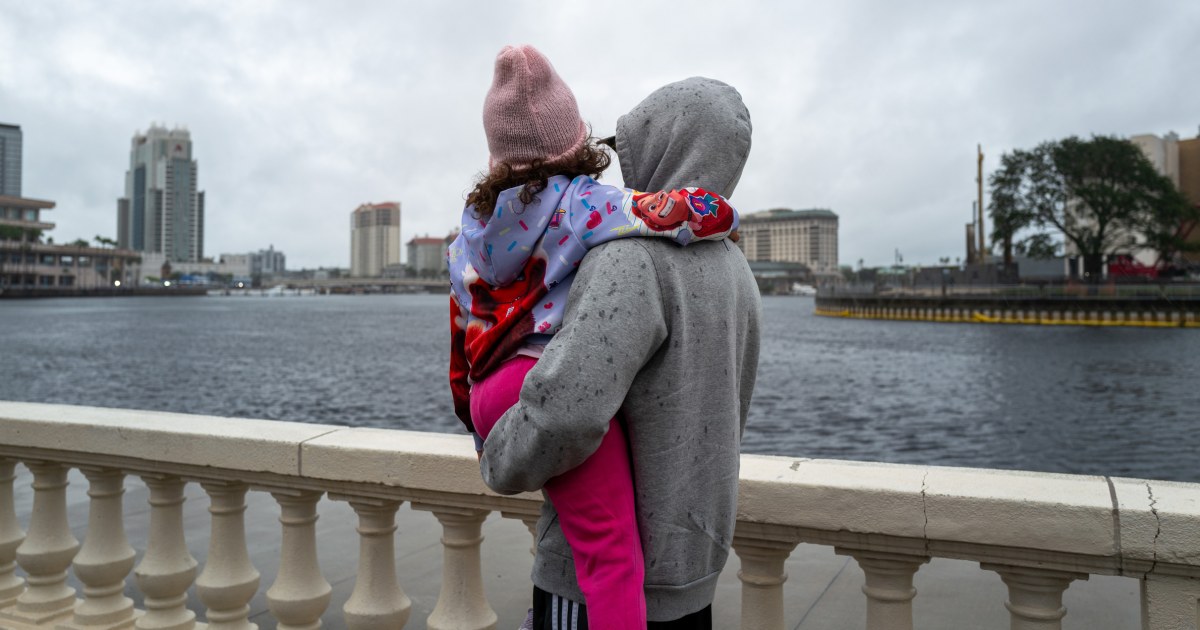As winds whipped through Florida and Hurricane Milton’s storm surge flooded parts of Tampa, online content creators posted to social media and livestreamed about their experiences to millions of people around the world.
From the time Milton developed into a hurricane until the moments it made landfall, social media users in Florida uploaded content featuring everything from forecasts to preparations to calls for help.
Such videos have been popular on platforms like TikTok, YouTube and Instagram — where viewers have been enthralled by the high-stakes and personal stories of people who decided to ride out the storm. For content creators, that interest translated to views and followers.
Residents in evacuation zones were warned of the storm’s potentially deadly effects by local officials and were told they could die if they chose to stay. Many content creators complained about the cost of evacuating, or simply felt like they had nowhere safe to go.
“I just don’t want to drive back up to Atlanta and leave for each hurricane,” Sam Hunter, a Tampa-based digital marketer, told NBC NEWS. “If I can ride this one out, I’ll be confident to ride the other ones out and become a true Floridian.”
So far, at least 16 deaths have been confirmed in the aftermath of the storm.
The evolution of social media platforms that have made it easy to create videos and livestreams, combined with algorithmic feeds that can quickly push newsy and compelling content to large audiences, have made storm content particularly potent. In 2022, TikTok hosted dozens of livestreams from people in Florida as Hurricane Ian approached.
This time around, TikTok’s ability to generate sudden virality propelled one man to a rare level of notoriety. A Tampa resident — best known as “Lieutenant Dan” — became a national news story and an internet meme when he refused to evacuate his sailboat despite pleas from both local officials and social media followers. In a matter of days,Joseph Malinowski, 54, not only attracted millions of viewers, but received almost $50,000 through a Go-Fund-Me campaign, a $100,000 offer from controversial streamer Adin Ross for a new boat and an offer for a streaming sponsorship deal with Kick.
Though Malinowski survived Hurricane Milton, many commenters disapproved of his newfound fame — and worry broadcasting such behavior rewards dangerous decisions and encourages others to do the same.
Both Meta and TikTok declined to comment on the surge in such hurricane content.
A TikTok spokesperson told NBC News that videos claiming the hurricane was not dangerous or urging residents not to evacuate were made ineligible for the “For You” page and were disqualified from monetization.
For some users, the attention they were receiving online during the hurricane was brand new.
Hunter told NBC News that documenting the storm started as a “social experiment,” testing if posting hurricane content would attract an outsized number of viewers compared to videos about his normal everyday life.
In barely two days, Hunter’s newly launched account grew to nearly 50,000 followers as he posted hourly TikTok updates on the storm’s impacts from a mandatory evacuation zone in Tampa where he has lived for just over two months.


